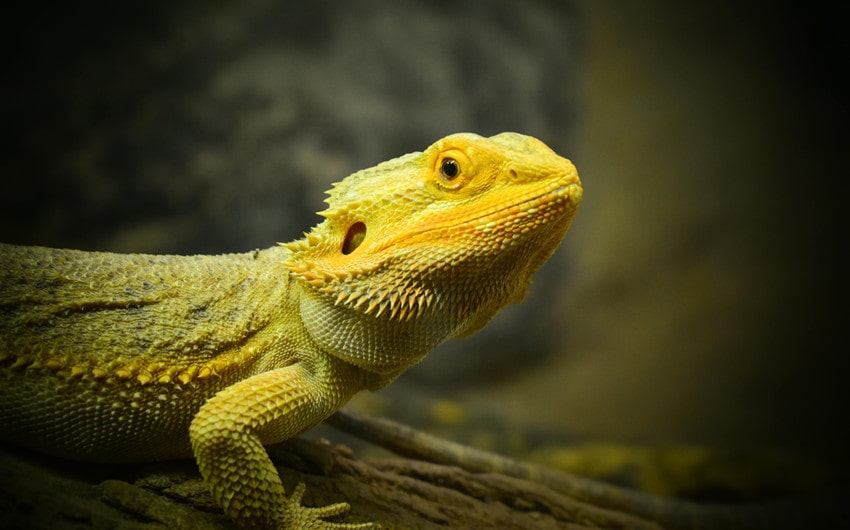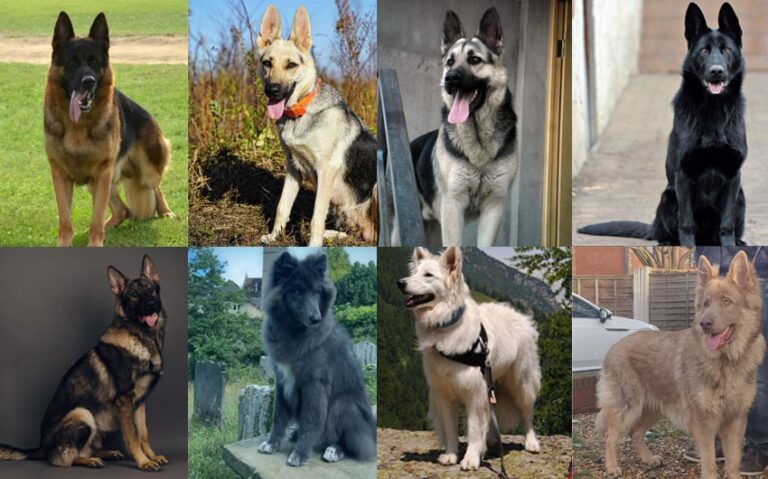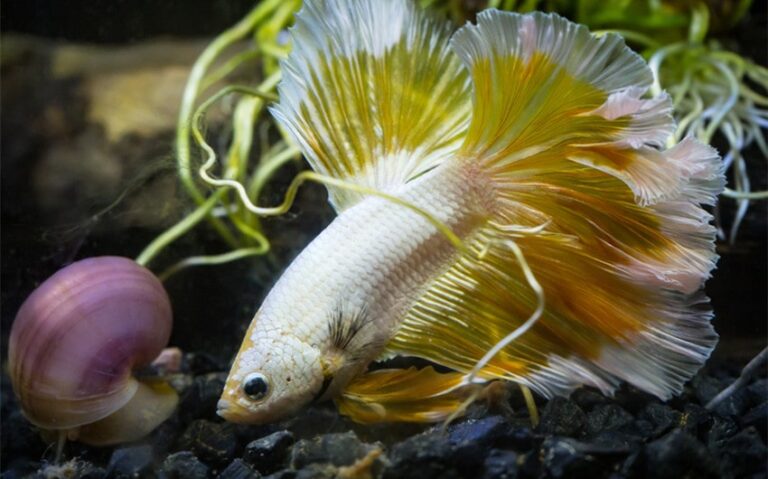Why Do Bearded Dragons Bob Their Heads? Top 5 Reasons
Bearded dragons are known for their quirky behaviors, with head bobbing being one of the most common. If you’re curious and wondering, “why do bearded dragons bob their heads,” the answer is quite simple: it’s their way of communicating. This behavior can show dominance, attract a mate, or even signal submission or stress.
By understanding this, you’ll be better equipped to connect with your pet and respond to their needs. Let’s dive deeper into the reasons behind this fascinating behavior to help you understand your bearded dragon even more.
What Is Head Bobbing in Bearded Dragons?
Head bobbing is a well-known behavior in bearded dragons, and it’s one of the most intriguing ways these reptiles communicate. It involves the rapid or slow movement of the head up and down, often accompanied by other body language signals like a puffed-out beard or even a change in their coloration. This movement can vary in speed and intensity, depending on the situation, and it’s important to note that both male and female bearded dragons engage in this behavior.
For a closer look at head bobbing in action, check out this video below:
In the wild, head bobbing serves as an essential part of how bearded dragons interact with each other. They use it to communicate dominance, submission, and even mating intentions. While it might seem like a random or cute action to pet owners, there is often a clear purpose behind it.
In captivity, head bobbing continues to serve as a natural form of communication. A bearded dragon might bob its head toward other dragons, humans, or even objects like toys or reflections in glass. The speed and context of the head bobbing are crucial to understanding what your dragon is trying to convey. For example, fast and aggressive head bobs often signal dominance or territoriality, while slower head bobs can be a sign of submission or acknowledgment of another presence.
Observing and interpreting this behavior can give you valuable insight into your bearded dragon’s mood and environment, helping you respond appropriately to their needs. Whether it’s time to give them some space or help reduce their stress, knowing what head bobbing means can improve your connection with your pet.
Why Do Bearded Dragons Bob Their Heads?

Head bobbing in bearded dragons is more than just an interesting quirk; it serves a variety of important purposes in their communication and behavior. Whether in the wild or in captivity, bearded dragons use this movement to convey messages to other dragons, potential mates, or even their human owners. Let’s explore some of the main reasons why bearded dragons bob their heads.
1. Territorial Behavior
One of the primary reasons bearded dragons bob their heads is to establish dominance and mark their territory. Male dragons, in particular, use fast and aggressive head bobs to show other dragons that they are the dominant one. This behavior is often observed when two males are placed near each other or if a male feels that its territory is being invaded.
It’s a way for the dragon to assert control without engaging in direct conflict. If you have more than one dragon in the same environment, head bobbing may be a regular occurrence as they try to establish a hierarchy.
2. Mating Ritual
Head bobbing is also a key part of a male bearded dragon’s mating ritual. During breeding season, males will bob their heads rapidly to attract females and show their readiness to mate. This head bobbing is often accompanied by other courtship behaviors like beard puffing and changing their color to a darker shade.
Female dragons may respond to this behavior with slower, more deliberate head bobs, signaling receptiveness. If you notice your dragon bobbing its head more frequently during certain times of the year, it could be due to its natural mating instincts.
3. Submission
While dominant dragons use fast head bobbing, submissive dragons will often perform slower, gentler head bobs to signal they are not a threat. This is commonly seen when a smaller or less dominant dragon is in the presence of a larger or more aggressive one.
It’s their way of showing respect or acknowledging the other dragon’s higher status in the social hierarchy. Submissive head bobbing helps prevent fights and reduces tension between dragons, allowing them to coexist more peacefully.
4. Stress or Discomfort
Bearded dragons may also bob their heads when they are stressed or uncomfortable. Environmental changes, new surroundings, or the presence of other animals can trigger head bobbing as a reaction to anxiety.
If your dragon is bobbing its head frequently and there are no other dragons around, it may be feeling threatened by something in its environment, such as a new object or unfamiliar noises. In these cases, it’s important to assess the situation and make changes to reduce your dragon’s stress levels, such as providing more hiding spots or adjusting their enclosure.
5. Recognition and Communication with Humans
While bearded dragons primarily use head bobbing to communicate with other dragons, they may also bob their heads at humans. This can be a way for them to acknowledge your presence or express excitement. For example, your dragon might bob its head when you approach its tank, signaling that it recognizes you and may be anticipating food or interaction.
Although this form of communication is less common than with other dragons, it shows that bearded dragons are capable of forming bonds with their owners and using their behaviors to express feelings.
How to Respond to Head Bobbing

Understanding the reasons behind your bearded dragon’s head bobbing is essential, but knowing how to respond appropriately is equally important. Responding correctly can help improve your bond with your pet, ensure their comfort, and reduce stress. Here are some key ways you can respond to head bobbing based on the context of the behavior:
1. When It’s Territorial Behavior
If your bearded dragon is head bobbing to assert dominance or defend its territory, especially if you have more than one dragon, it’s important to monitor the situation closely. Territorial head bobbing is often fast and aggressive, and in multi-dragon households, it can lead to fights if not addressed. Here’s how you can respond:
- Separate Dragons: If you notice aggressive head bobbing between two bearded dragons, it might be best to separate them, especially if they start showing other signs of aggression like biting or chasing.
- Limit Reflections: Bearded dragons may also bob their heads at their own reflection, thinking it’s another dragon invading their space. Try to limit reflective surfaces in their enclosure, like glass walls, by placing a background or blocking their view of the reflection.
- Give Space: If your dragon is head bobbing aggressively when you approach, it may be feeling territorial about its space. In this case, give them some time to calm down and approach slowly or offer food to create a positive association with your presence.
2. When It’s Mating Behavior
During the mating season, head bobbing is a natural part of a male bearded dragon’s courtship routine. While this behavior is normal, it’s important not to interfere unnecessarily. Here’s how to respond:
- Monitor but Don’t Interrupt: If your male dragon is bobbing his head to attract a female, allow the natural behaviors to play out, especially if they are both healthy and housed together for breeding purposes. Keep an eye on them to ensure the behavior doesn’t escalate into aggression.
- Limit Interaction if Unwanted: If you’re not trying to breed your dragons, consider housing males and females separately during mating season to prevent this type of head bobbing from occurring frequently. If you notice excessive bobbing, your dragon might be stressed or overexcited.
3. When It’s Submissive Behavior
Slow head bobbing is often a sign of submission, particularly in the presence of a more dominant bearded dragon. If you have multiple dragons, this type of behavior can help maintain harmony. Here’s how to respond:
- Allow Them to Interact: In a multi-dragon environment, if one dragon is bobbing its head slowly in submission, it’s usually a sign of peaceful interaction. As long as both dragons are behaving calmly and there’s no aggression, you don’t need to intervene.
- Reinforce Peaceful Coexistence: You can reinforce peaceful interactions by providing ample space and resources (like food and hiding spots) to prevent competition and reduce the need for dominance displays.
4. When It’s Stress or Discomfort
If your bearded dragon is bobbing its head because it feels stressed or threatened, it’s essential to address the underlying cause. Here’s how you can respond:
- Identify Stressors: Look for potential stressors in their environment, such as new objects, loud noises, or unfamiliar animals, and try to remove or minimize these stress-inducing factors.
- Adjust the Enclosure: Make sure your dragon has access to hiding spots where it can retreat if it feels overwhelmed. Sometimes, rearranging the enclosure or providing additional foliage and caves can help make your pet feel more secure.
- Handle with Care: If your dragon is head bobbing at you, it might feel threatened. Avoid handling them when they show signs of stress, and instead, let them calm down before trying to interact. Be patient and give your dragon space when needed.
5. When It’s Communication with Humans
Head bobbing aimed at humans is less common but can happen as a way for your bearded dragon to acknowledge your presence or communicate. Here’s how you can respond:
- Positive Reinforcement: If your dragon bobs its head when you approach, it may be excited to see you. You can respond by engaging with your pet in a gentle, non-threatening way. Offering food or treats can reinforce positive interaction.
- Respect Their Boundaries: Sometimes head bobbing at humans can signal discomfort or territorial behavior. In this case, respect their space and allow them time to adjust to your presence without forcing interaction.
6. When to Seek Professional Help
While head bobbing is usually a normal behavior, excessive or unusually frequent bobbing may indicate a problem. If your bearded dragon is head bobbing excessively or in combination with other concerning signs like lethargy, refusal to eat, or abnormal behavior, it might be time to consult a veterinarian:
- Excessive Stress: If no environmental adjustments seem to reduce your dragon’s stress and head bobbing, a vet can help identify underlying health issues or provide advice on improving your dragon’s habitat.
- Health Issues: Unusual head bobbing that doesn’t fit the normal patterns (such as overly frequent or erratic movements) could indicate neurological issues or illness. Always consult a professional if you’re unsure.







